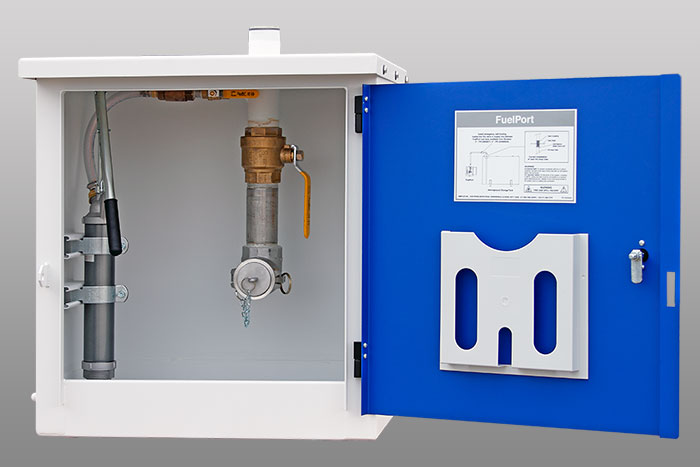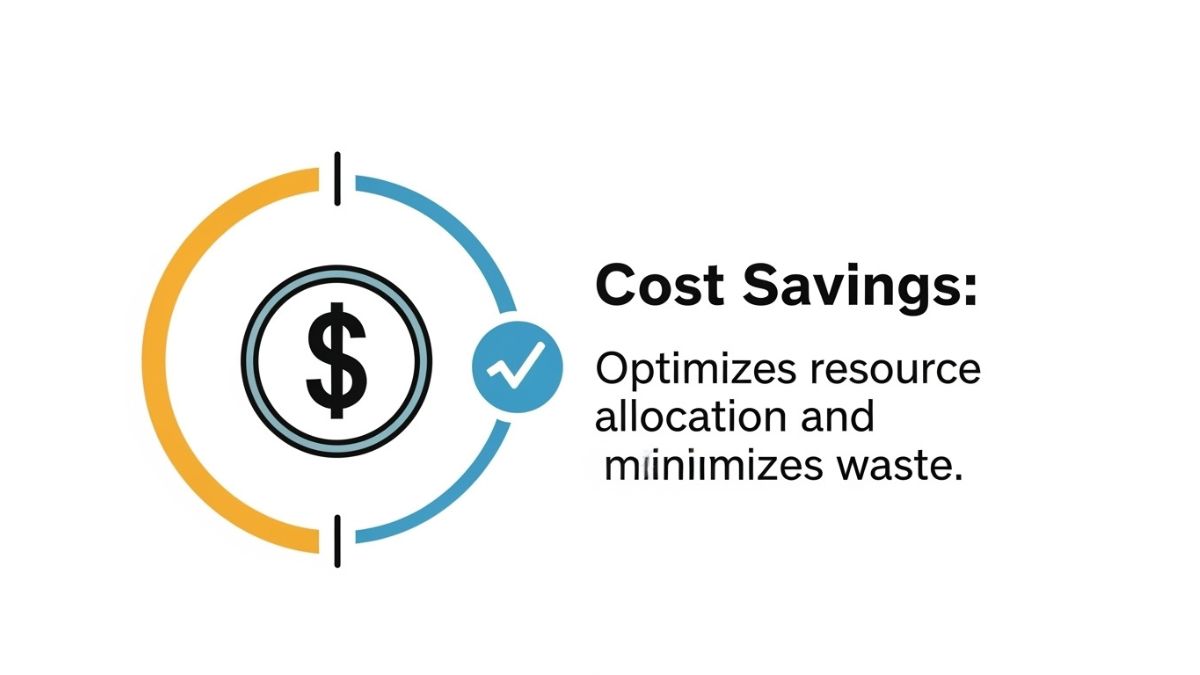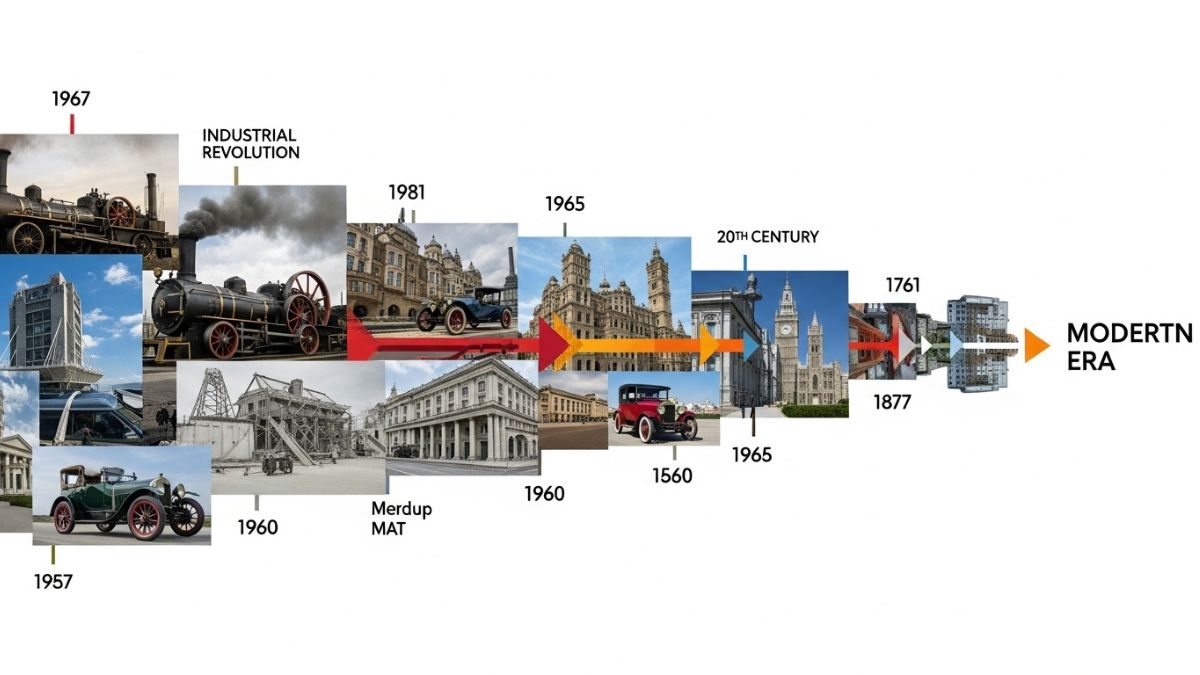Shopping for fuel pods can feel overwhelming – there are so many options out there! But don’t worry. After helping many businesses pick the right fuel storage solutions, I’ve learned what really matters. Here are the key things you need to know to get a fuel pod that will serve you well for years to come. Let’s explore durable fuel pods solutions.
Tip #1: Size and Build Quality – The Foundation of a Good Investment
Let’s talk about getting the right size and quality first – it’s like choosing a car. You wouldn’t buy a sports car to haul construction equipment, right? Here’s what to look for:
- Check the steel thickness (go for at least 3mm for the outer wall)
- Look for double-wall construction – it’s safer and lasts longer
- Choose a size that’s about 20% bigger than what you think you need
- Make sure it has good quality welds at all the joints
- Pick powder-coated finishes – they resist rust better
Pro insight: I recently worked with a construction company that saved thousands by choosing a slightly larger pod than they initially planned. It let them buy more fuel when prices dropped, and they didn’t have to upgrade a year later.
Tip #2: Smart Features That Make Your Life Easier
Think of these features like the helpful buttons on your phone – they might seem small, but they make a big difference every day:
- Digital fuel level gauges (no more guessing how much fuel you have)
- Large filling necks (makes refilling quicker and cleaner)
- Strong lifting points on all sides (gives you flexibility in moving it)
- Lockable caps with good seals (keeps your fuel secure and clean)
- Easy-drain valves (helps remove water and sediment)
A client told me last week that the digital gauge on their new pod helped them catch a small leak early – saved them from a big headache!
Tip #3: Safety and Compliance – Because It Really Matters
This might sound boring, but getting a pod that meets all safety rules is super important. It’s like wearing a seatbelt – you hope you never need it, but you’re glad it’s there. Look for:
- UL142 certification (it’s like a safety badge for fuel tanks)
- Emergency vents that work properly
- Fire-resistant construction
- Clear safety labels and instructions
- Proper grounding points
- Built-in spill containment
Here’s a real story: A farm owner I know picked a cheaper pod without proper certification. He ended up paying triple in fines and had to buy a new one anyway. Don’t make that mistake!
Quick Bonus Tip: When comparing prices, remember that the cheapest option often costs more in the long run. A good quality fuel pod might cost 30% more upfront but can last twice as long and cause fewer problems.
Remember, a fuel pod is something you’ll use almost every day. Picking the right one means less stress, fewer repairs, and more time focusing on your actual work. Take your time, ask questions, and don’t be afraid to pay a bit more for quality – it usually pays off in the end!










